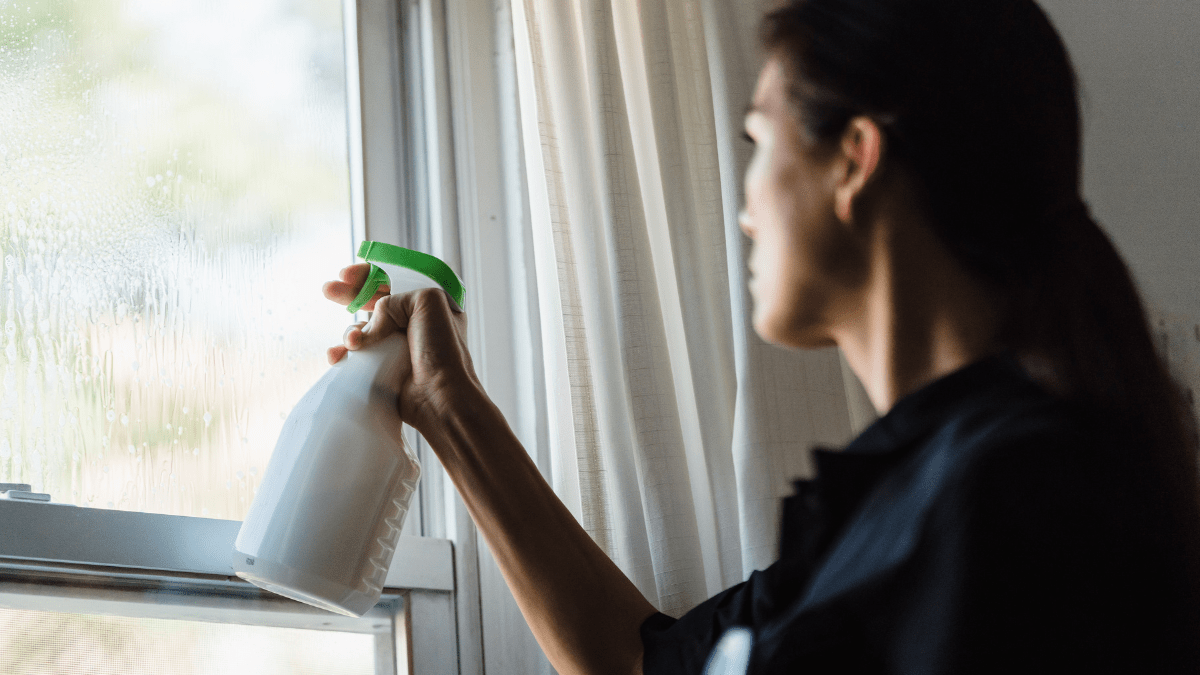Soap scum is an unwelcome guest that often finds its way into our showers, leaving a cloudy film on our tiles, glass doors, and fixtures. It can be frustrating to deal with, but fear not! In this blog, we will explore the causes of soap scum and provide you with effective tips to banish it from your bathroom once and for all.
What Causes Soap Scum?
Soap scum is primarily caused by the reaction between hard water minerals, soap, and body oils. When you lather up with soap and water, the minerals present in hard water, such as calcium and magnesium, combine with the fatty acids in soap. This creates a sticky residue that clings to the surfaces of your shower, forming the dreaded soap scum.
The warm and moist environment of a shower provides an ideal breeding ground for soap scum to accumulate over time. If left untreated, it can become increasingly stubborn and difficult to remove, making regular cleaning an essential part of your bathroom maintenance routine.
Best Ways to Clean Soap Scum:
Vinegar Solution:
- Mix equal parts of white vinegar and water in a spray bottle.
- Spray the solution directly onto the affected areas, ensuring full coverage.
- Let it sit for about 10-15 minutes to allow the vinegar to break down the soap scum.
- Scrub the surfaces with a non-abrasive sponge or brush, focusing on stubborn spots.
- Rinse thoroughly with warm water and wipe dry.
Baking Soda Paste:
- Make a thick paste by combining baking soda and water.
- Apply the paste onto the soap scum using a sponge or cloth.
- Gently scrub the surfaces in circular motions, paying extra attention to heavily affected areas.
- Allow the paste to sit for 15-20 minutes.
- Rinse off the paste with warm water and wipe dry.
Commercial Cleaners:
- There are several commercial cleaning products available specifically designed to tackle soap scum.
- Follow the instructions on the product’s packaging for the best results.
- Ensure proper ventilation while using these cleaners and wear protective gloves if required.
- Rinse the surfaces thoroughly after cleaning and wipe dry.
Preventing Soap Scum:
While regular cleaning is essential, adopting preventive measures can help reduce the occurrence of soap scum:
Use Liquid Soap: Liquid soaps are less likely to leave behind soap scum compared to traditional bar soaps.
Switch to Mild Soap: Consider using mild or glycerin-based soaps that produce fewer residues.
Squeegee After Each Use: After showering, use a squeegee or a towel to remove excess water from the shower walls and glass doors. This prevents water spots and reduces soap scum buildup.
Use a Water Softener: Installing a water softener can help minimize the minerals present in hard water, reducing the formation of soap scum.
Conclusion:
Soap scum may be a persistent nuisance in your shower, but armed with the knowledge of its causes and effective cleaning techniques, you can bid it farewell. Regular cleaning with natural solutions like vinegar or baking soda, along with preventive measures, such as using liquid soap and squeegeeing after each use, will keep soap scum at bay. Remember, consistency is key, so incorporate these tips into your cleaning routine to maintain a sparkling and scum-free shower for a refreshing bathing experience.



Leave a Reply
You must be logged in to post a comment.